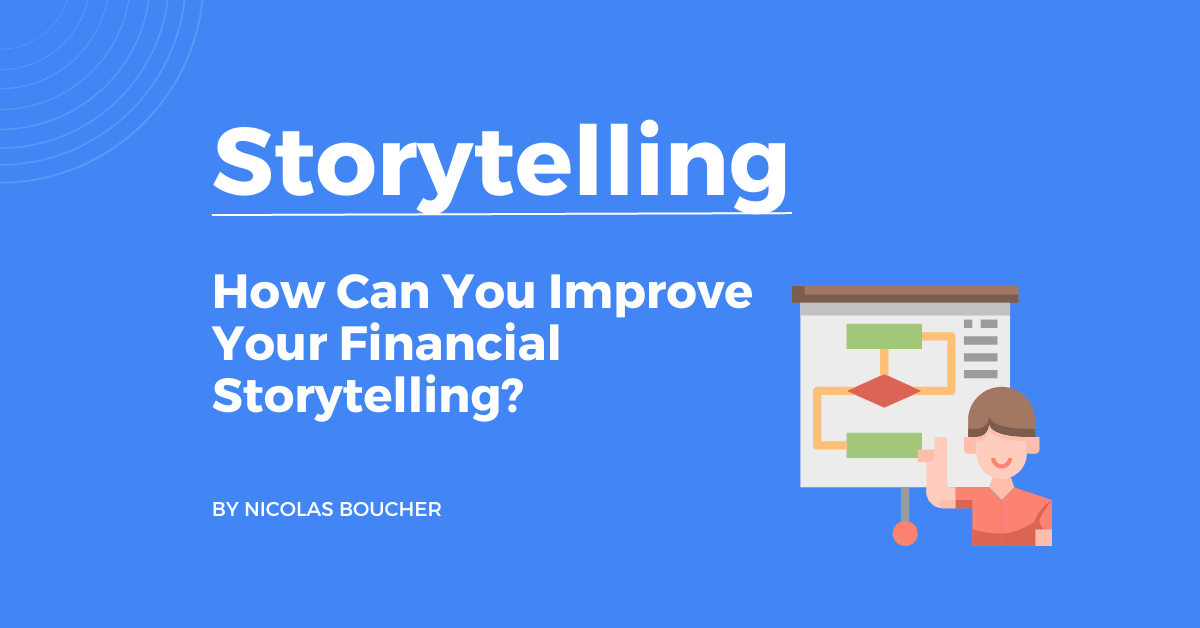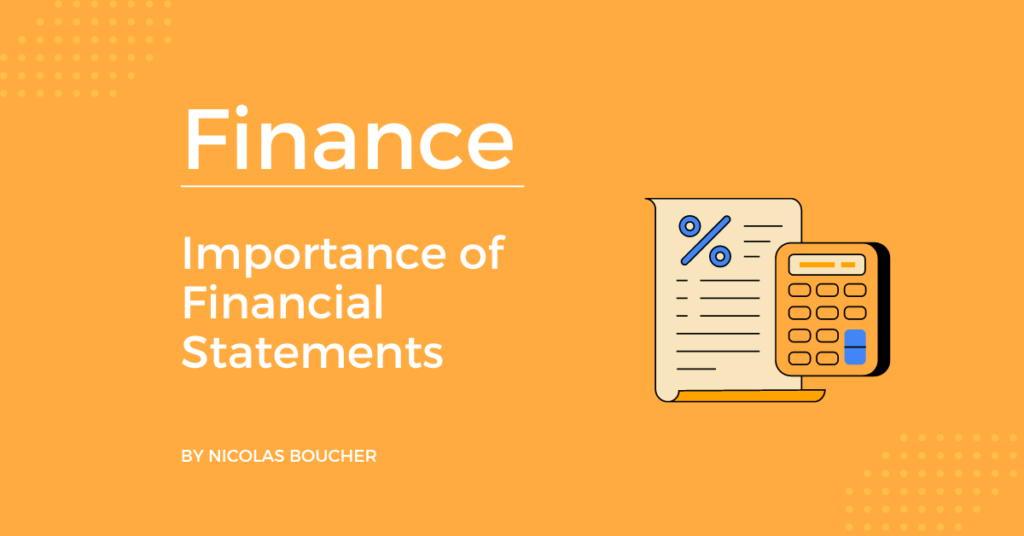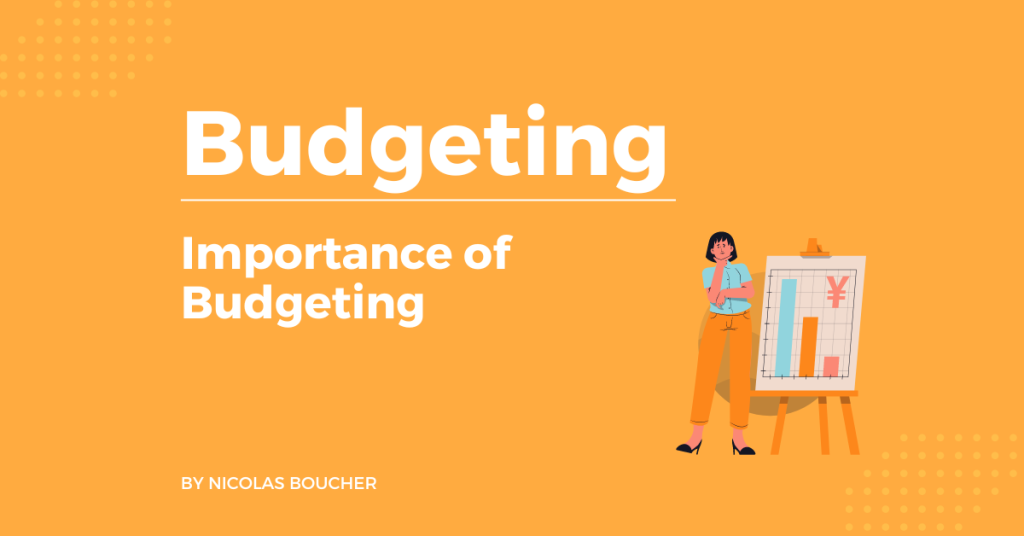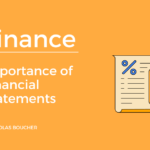Financial storytelling is a powerful tool that enables finance professionals to communicate their findings, analysis, and recommendations to their clients, executives, or other stakeholders.
It’s a way of presenting complex financial data in a way that’s understandable and engaging to the audience.
Financial storytelling involves creating a narrative around the data to illustrate the key points and make a compelling case.
Table of Contents
Why Is Financial Storytelling Important?
Financial storytelling is essential because it helps to make sense of the vast amount of financial data and information that’s available. It can help to provide context, clarify the key points, and make recommendations that are based on the data.
It can also help to build trust and credibility with clients and stakeholders, as it shows that the financial professional understands the information and can communicate it effectively.
Moreover, in today’s digital age, financial information is widely available, and clients are increasingly demanding more than just facts and figures. They want to understand how the information impacts their business or personal goals, and financial storytelling is an effective way of doing that.
By crafting a story around the data, finance professionals can help clients understand the relevance and implications of the information.
The Phases of Financial Storytelling
Here are the phases and steps you need to follow in order to be efficient in your financial storytelling.
Define Your Audience
The first step in financial storytelling is to define your audience. Who are you presenting to, and what do they need to know? Understanding your audience will help you tailor your message to their needs and make it more engaging.
For example, if you’re presenting to executives, you may need to focus on the high-level implications of the data, whereas if you’re presenting to investors, you may need to provide more detailed information.
Identify The Key Points
Once you know your audience, you need to identify the key points that you want to communicate. These should be the most important findings, recommendations, or insights from your analysis.
It’s important to focus on the most critical data and avoid overwhelming the audience with too much information.
Create A Narrative
Once you have identified the key points, you need to create a narrative that ties them together. This can be a story or a logical sequence of events that leads to your recommendations.
The narrative should be engaging and easy to follow, and it should help the audience understand the context and relevance of the data.
To create an effective narrative, you should consider the following:
- Start with a clear introduction that sets the scene and provides context for the data.
- Identify the key challenges or opportunities that the data presents.
- Develop a story that connects the data to the challenges or opportunities and leads to your recommendations.
- Use anecdotes or examples to illustrate your points and make the narrative more relatable.
- Keep the narrative concise and focused on the key points.
Use Data Visualization
Data visualization is an essential tool in financial storytelling. It can help to illustrate your points and make the data more accessible and engaging. Use charts, graphs, and other visual aids to present your data in a way that’s easy to understand.
However, it’s important to use data visualization judiciously and avoid overwhelming the audience with too many charts or graphs.
To use data visualization effectively, you should consider the following:
- Choose the most appropriate visualization for the data you’re presenting.
- Ensure that the visualization is easy to read and understand.
- Use color and other design elements to highlight key points or trends.
- Avoid clutter and unnecessary detail.
- Use labels and captions to provide context and explain the data.
Practice
Practice is critical in financial storytelling. Rehearse your presentation, and get feedback from others to refine your message and delivery. Pay attention to your tone of voice, body language, and pacing. Use a timer to ensure that you’re staying within the allotted time frame.
Practicing will help you feel more confident and prepared, and it will also help you identify areas where you need to improve.
Review and Refine
After you’ve practiced your presentation, review it and refine it. Look for areas where you can simplify your message or make it more engaging.
Consider feedback from others, and be willing to make changes if necessary.
Deliver with Confidence
Finally, when it’s time to deliver your presentation, be confident and engaging. Use your narrative and data visualization to illustrate your key points and make a compelling case. Pay attention to your audience’s reactions, and be willing to adjust your presentation if necessary.
How Can You Improve in Each Phase of Financial Storytelling
- Defining your audience: Ask questions and gather information about your audience beforehand to tailor your message to their needs.
- Identifying key points: Focus on the most important findings, recommendations, or insights from your analysis, and avoid overwhelming the audience with too much information.
- Creating a narrative: Use storytelling techniques to make your message more engaging and easy to follow. Consider using anecdotes or examples to illustrate your points.
- Using data visualization: Choose the most appropriate visualization for the data, and ensure that it’s easy to read and understand. Avoid clutter and unnecessary detail.
- Practicing: Rehearse your presentation, get feedback from others, and use a timer to ensure that you’re staying within the allotted time frame.
- Reviewing and refining: Look for areas where you can simplify your message or make it more engaging. Consider feedback from others, and be willing to make changes if necessary.
- Delivering with confidence: Use your narrative and data visualization to make a compelling case. Pay attention to your audience’s reactions, and be willing to adjust your presentation if necessary.
Additionally, here are some examples of financial storytelling:
- Using data visualization to illustrate the impact of a new product launch on revenue and profitability.
- Telling a story about how a company’s financial performance improved after implementing cost-cutting measures.
- Using storytelling techniques to explain the key drivers of a company’s growth and the potential risks or challenges it faces.
- Using data visualization to show the impact of a merger or acquisition on financial performance.
- Telling a story about how a company’s financial performance was impacted by a significant market event or economic downturn.
The Bottom Line – Finance Storytelling is The Key to Communicate Your Results
Financial storytelling is an essential tool for finance professionals to communicate their findings, analysis, and recommendations to clients, executives, or other stakeholders.
Therefore, by crafting a narrative around the data and using data visualization, finance professionals can make complex financial information more accessible and engaging.
The process of financial storytelling involves defining your audience, identifying key points, creating a narrative, using data visualization, practicing, reviewing and refining, and delivering with confidence.
However, with practice and refinement, financial professionals can improve their financial storytelling skills and effectively communicate their insights and recommendations.
Finally, if you want to become an expert at financial storytelling and master your skills in finance, you can take my course and join the group of successful finance professionals!











